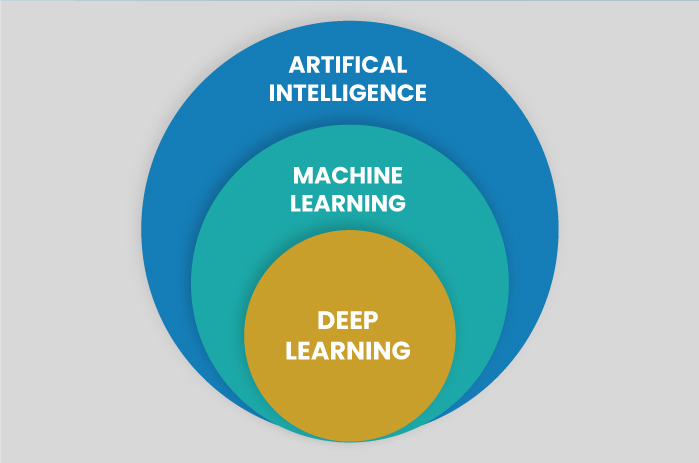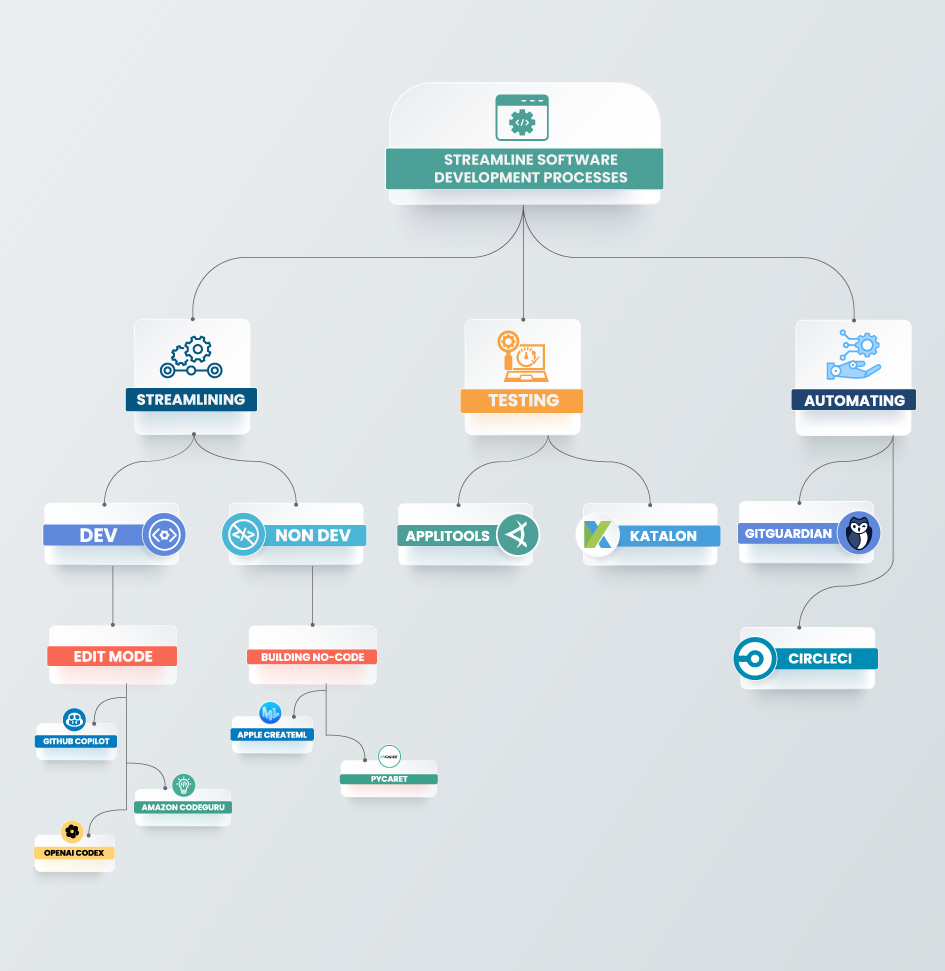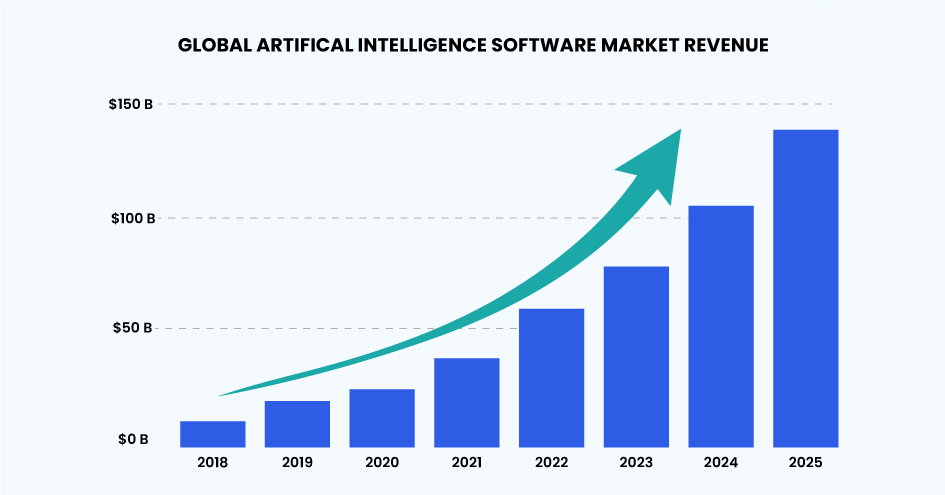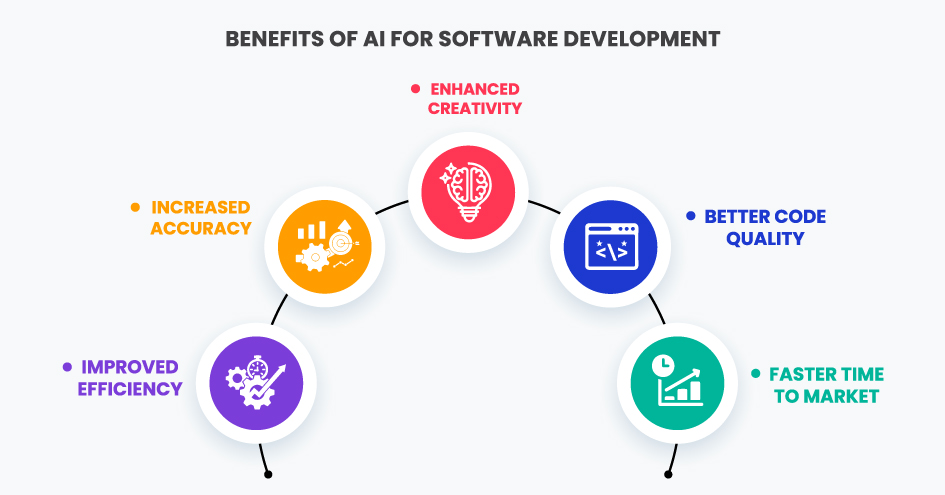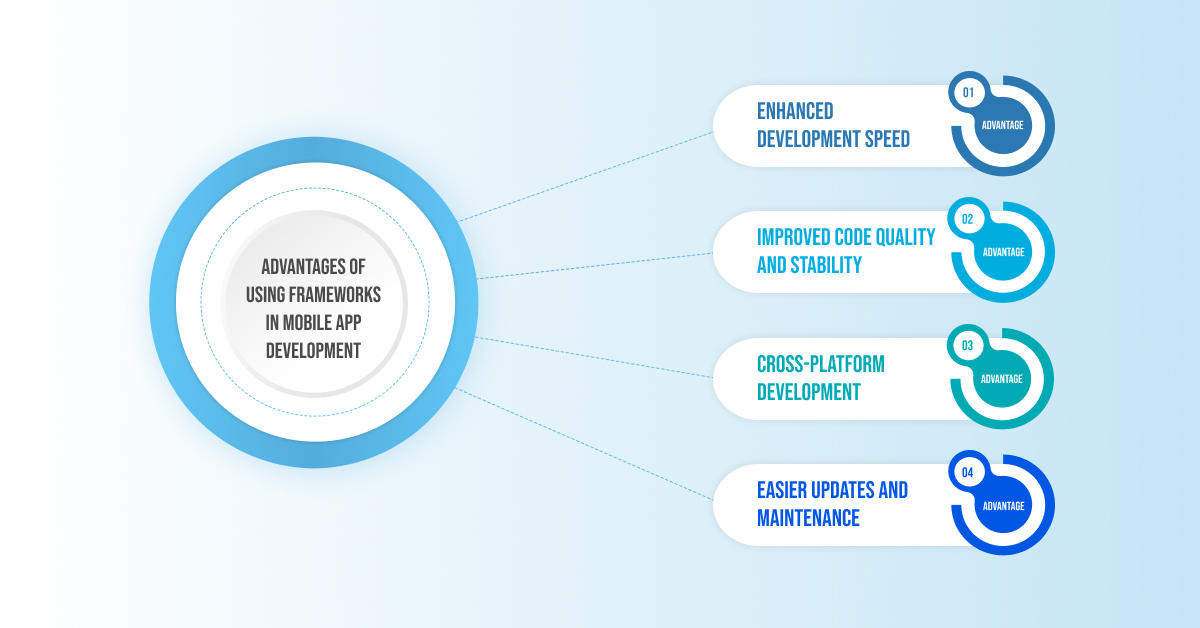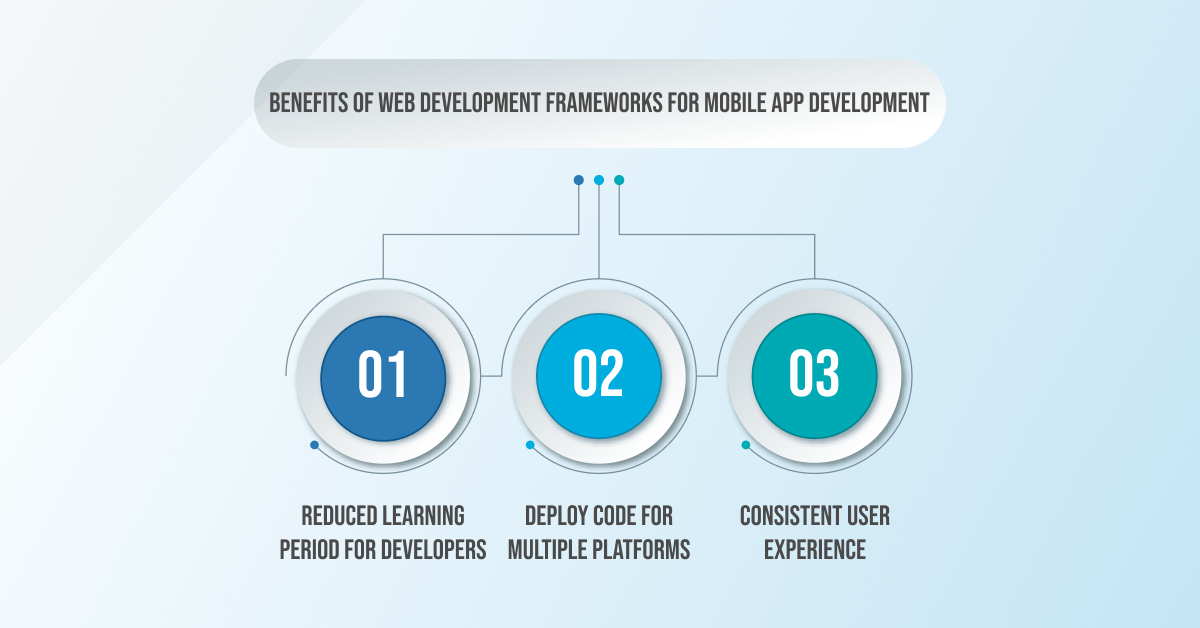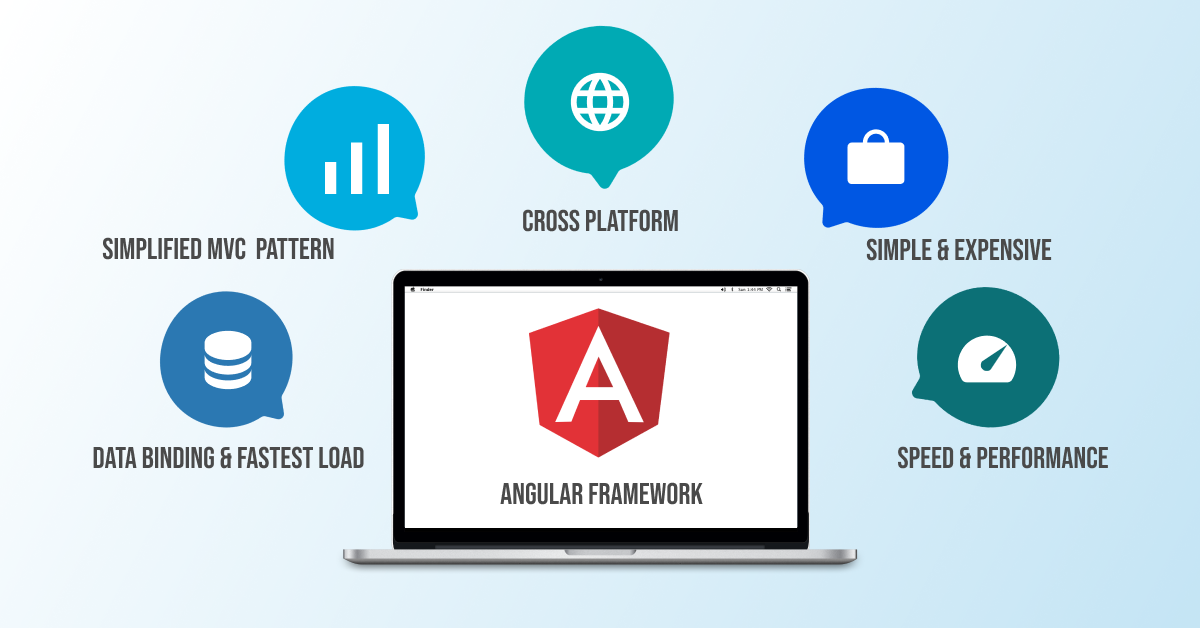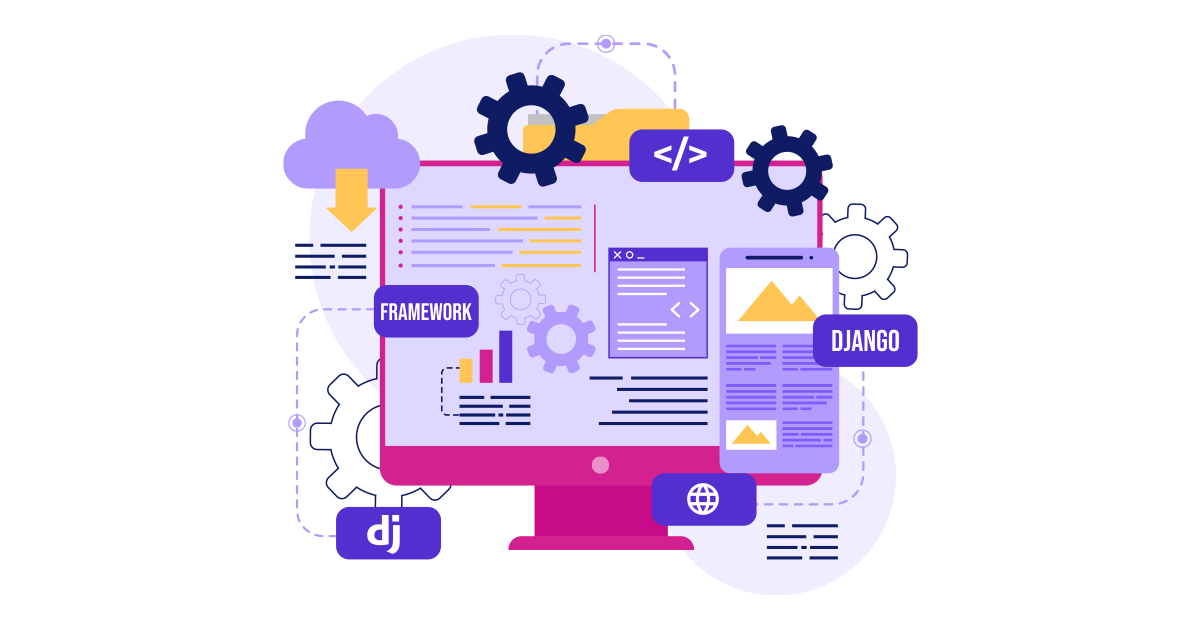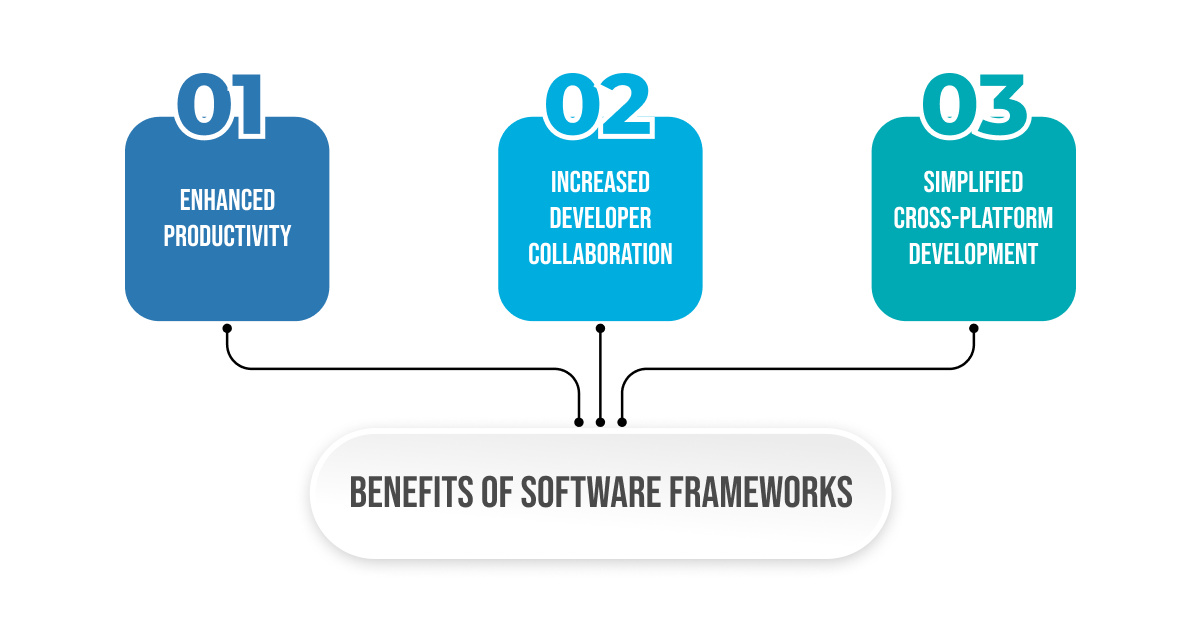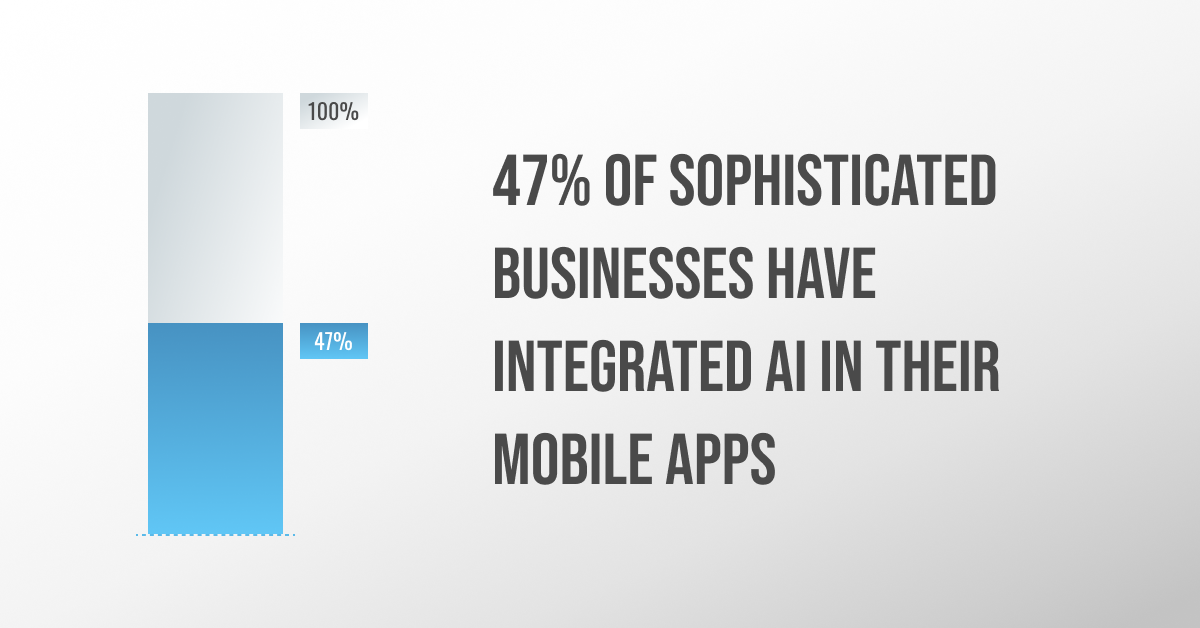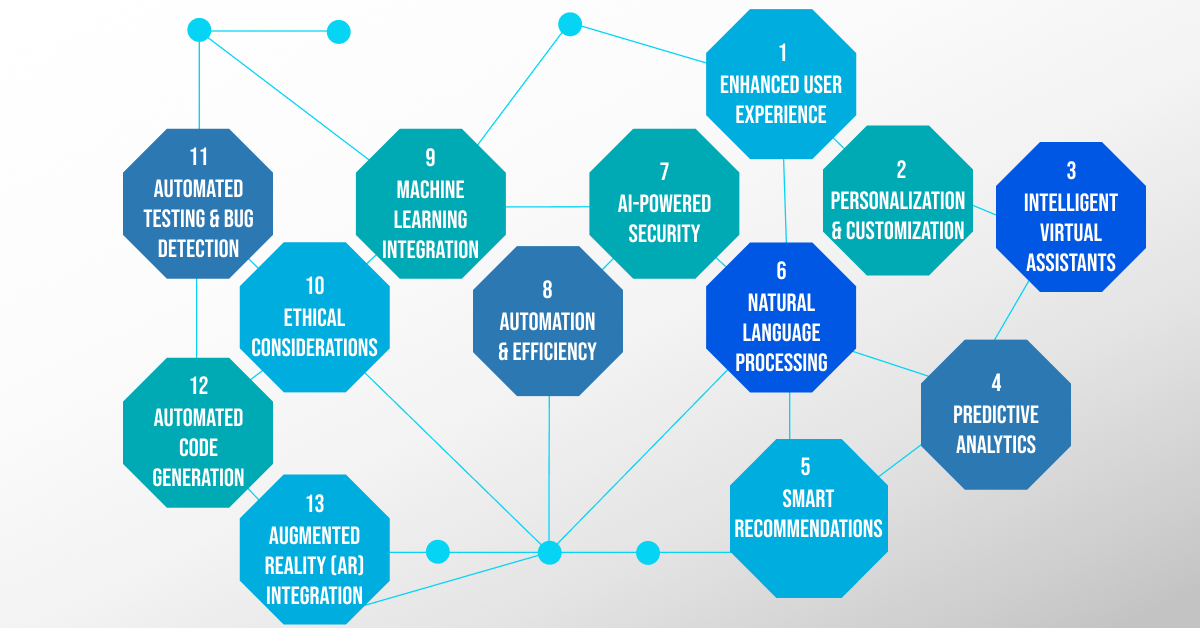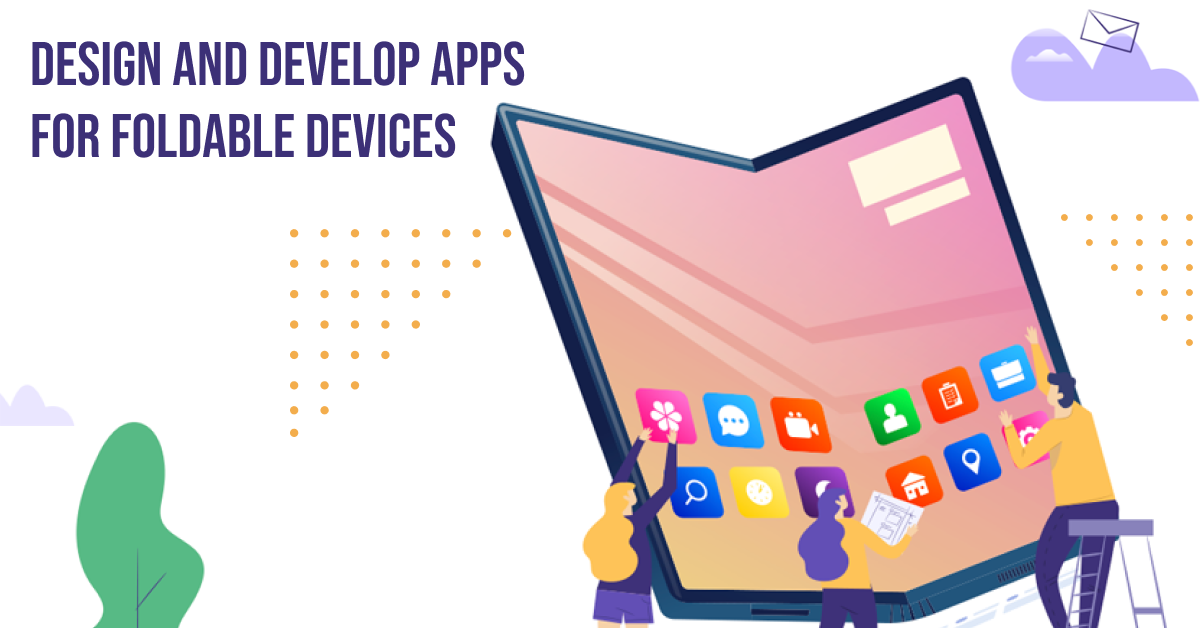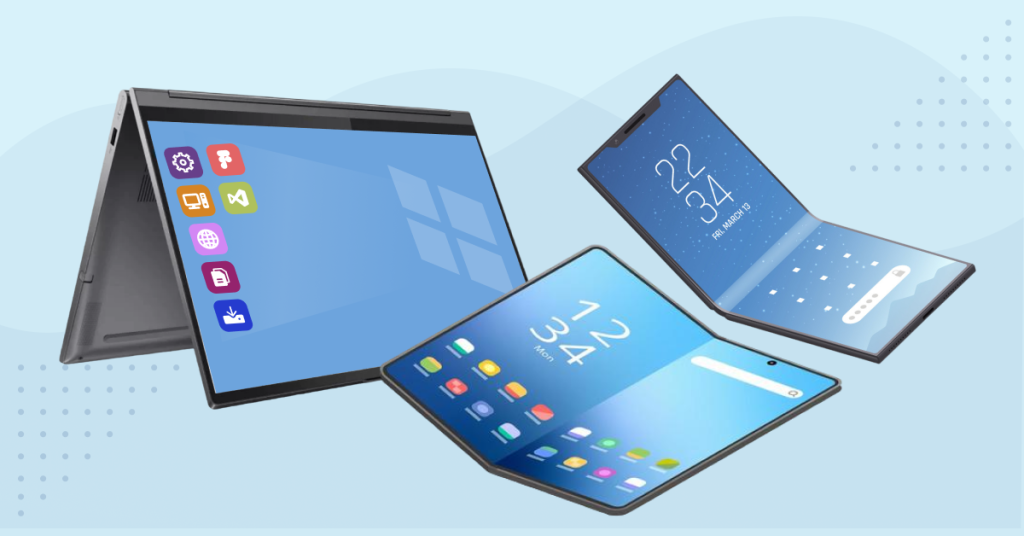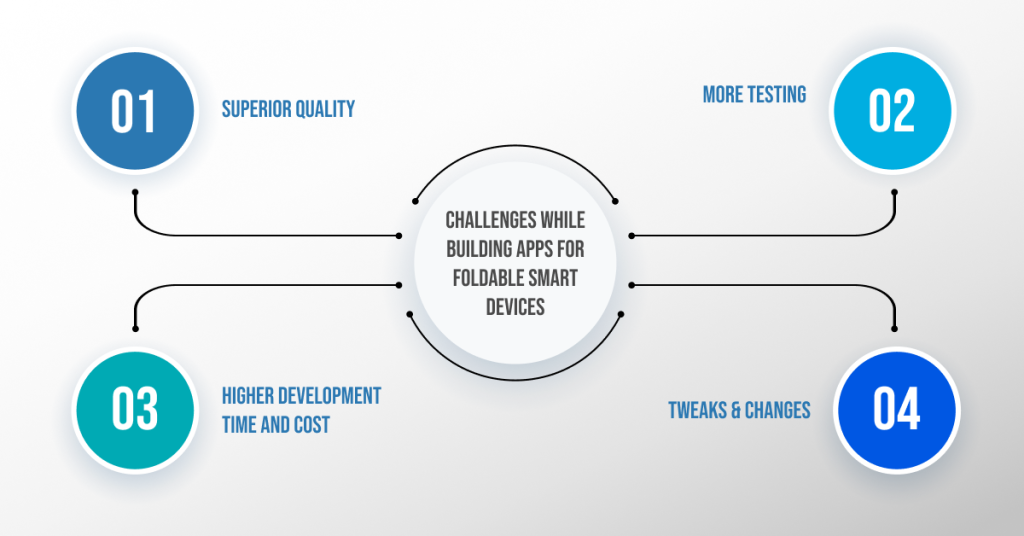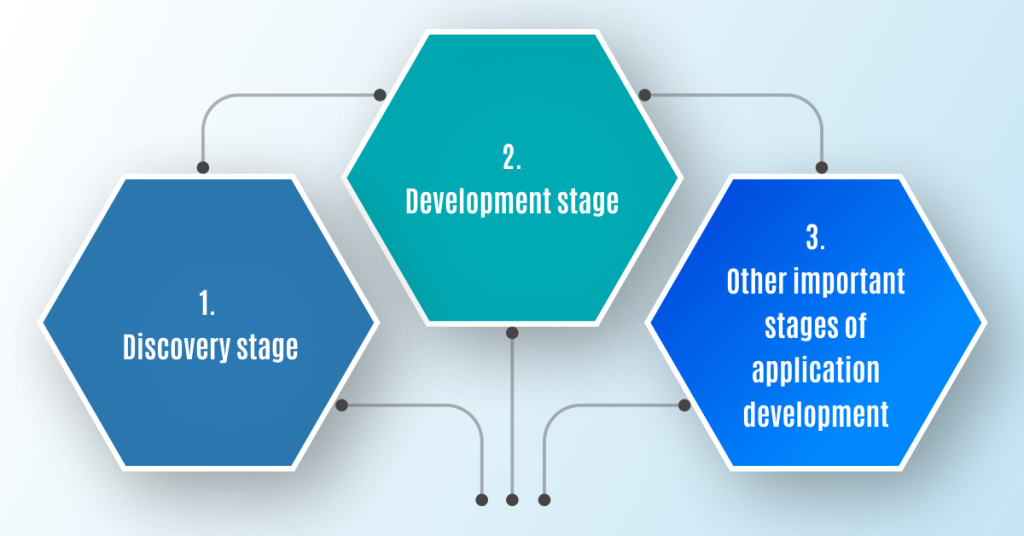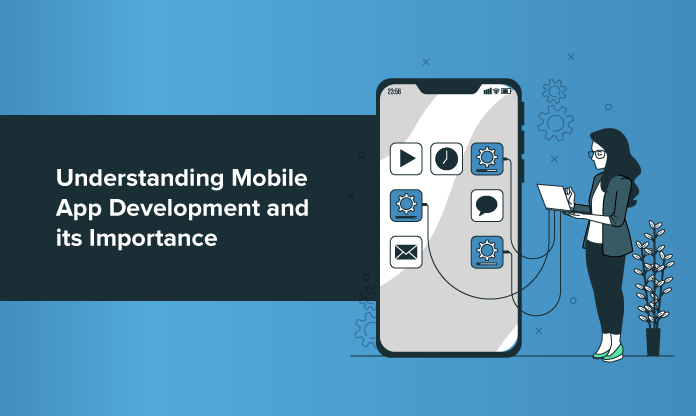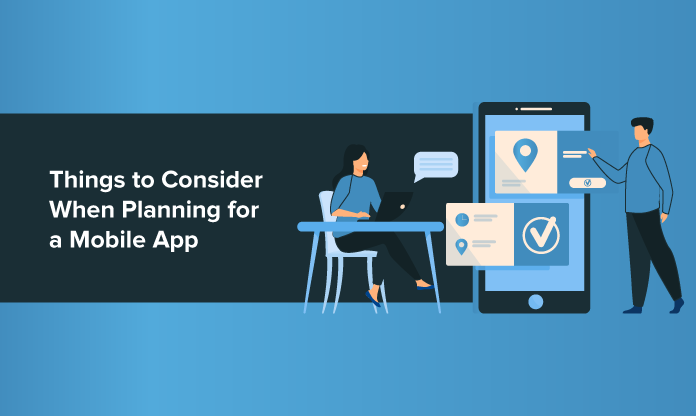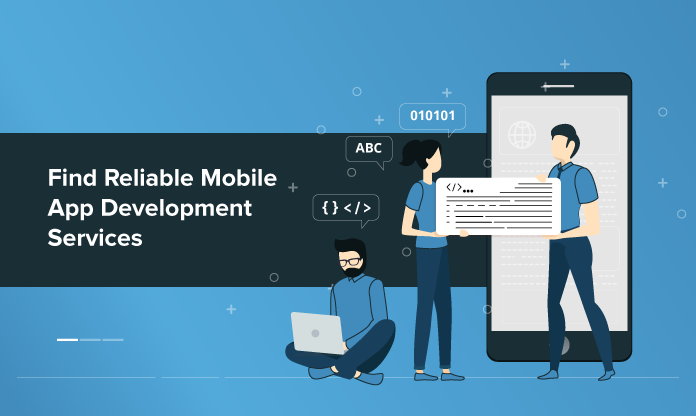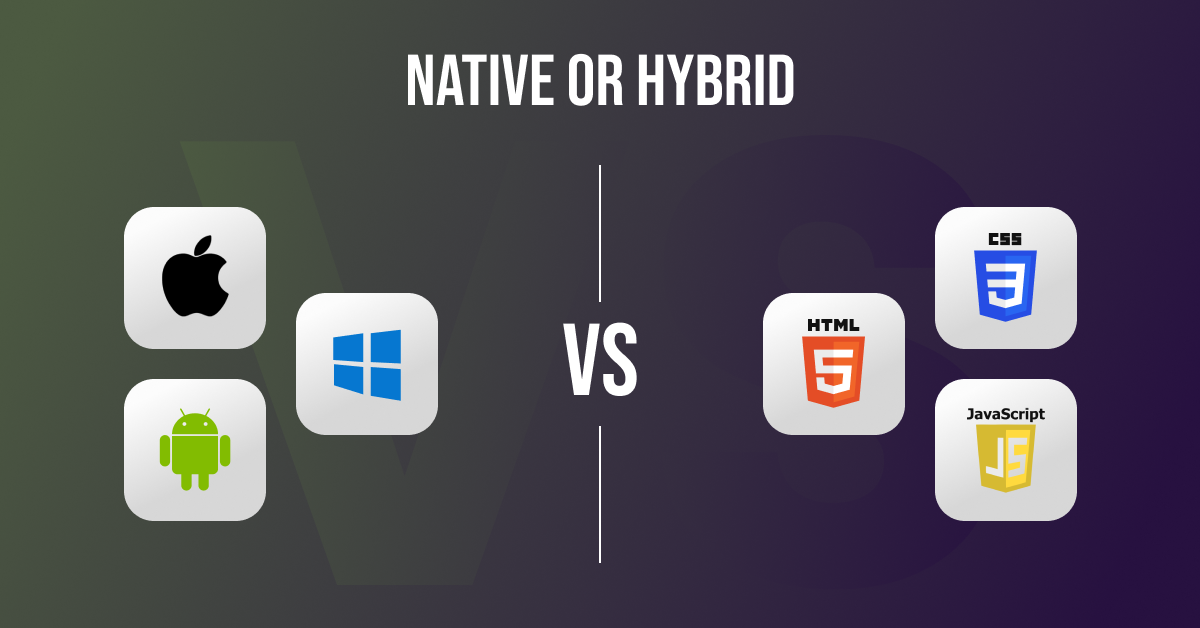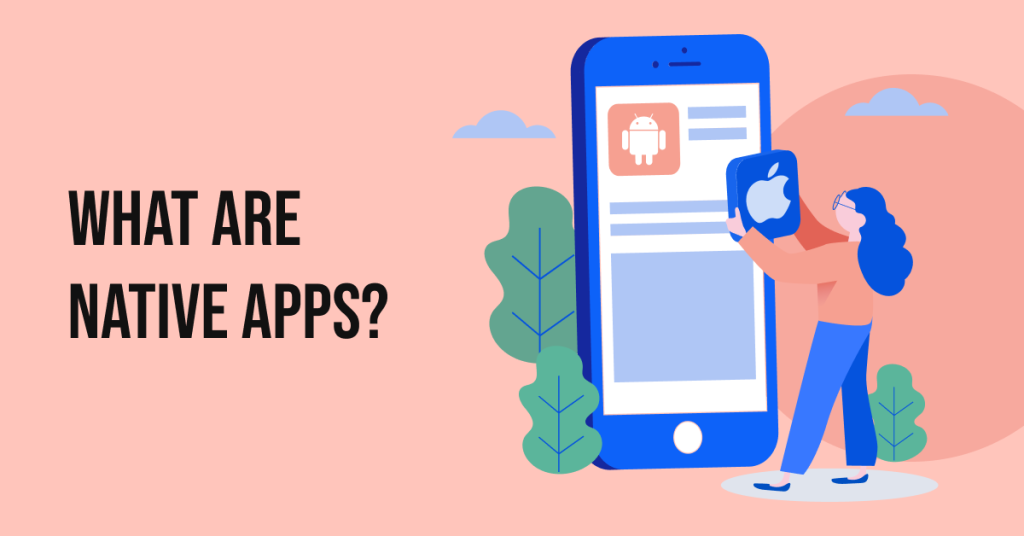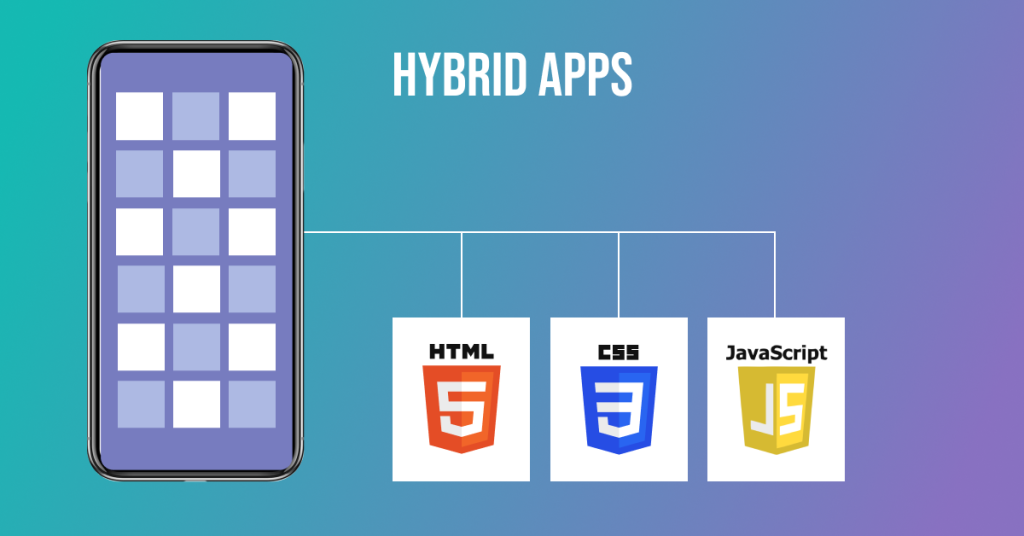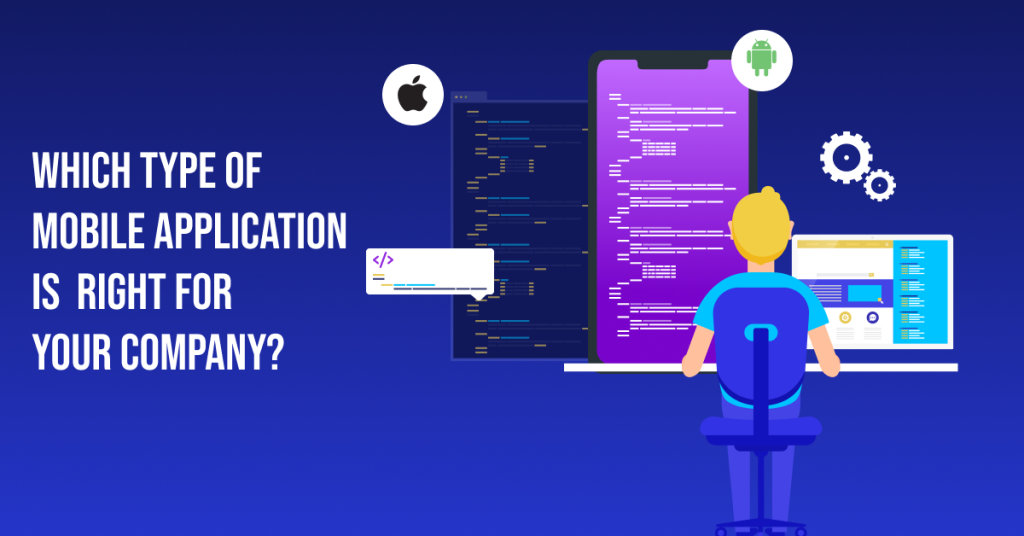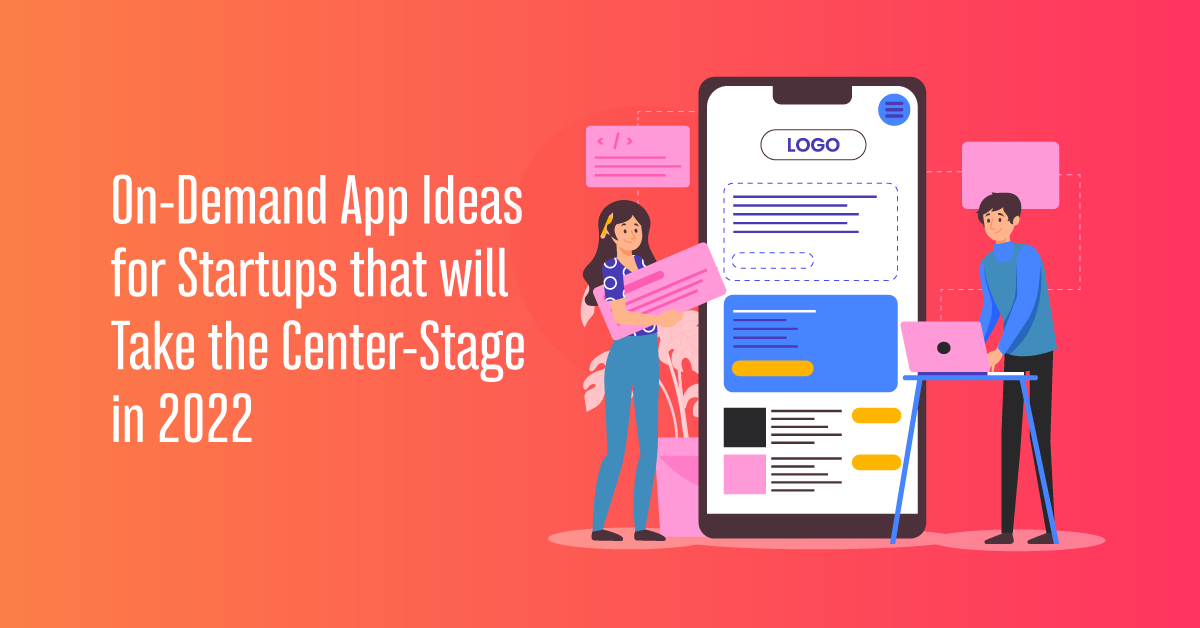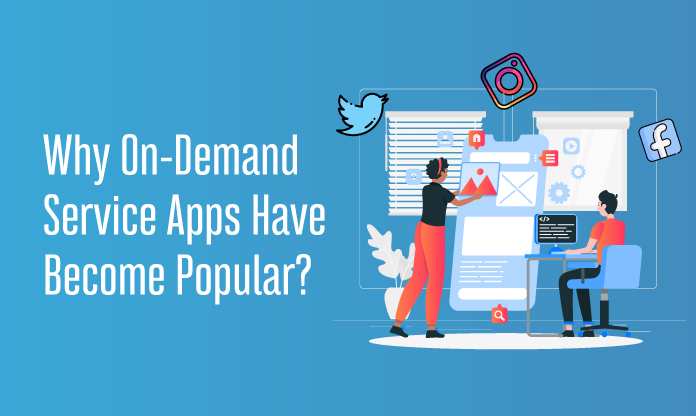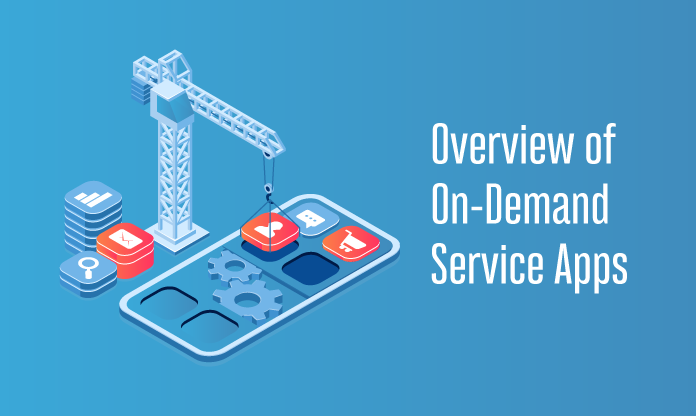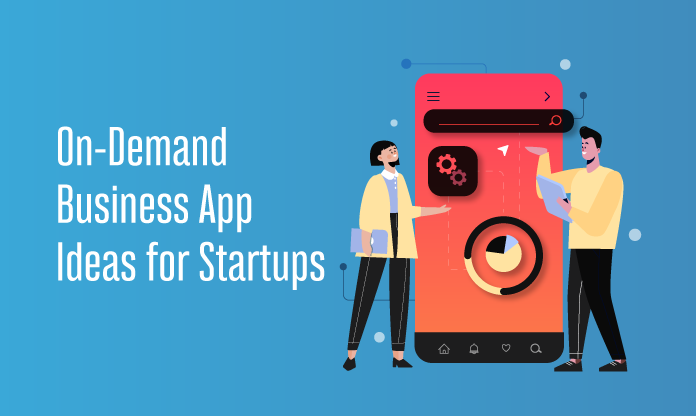Are you a business or a startup founder looking to develop your mobile app? First of all, building an app is an excellent idea! This way, you can reach out to the masses exponentially. Smartphone users spend about 85% of their time on mobile applications. No wonder why mobile apps are only bound to grow in number.
The total app revenue in 2023 reached a whopping $201 billion. This revenue is projected to reach $270 billion by 2025.
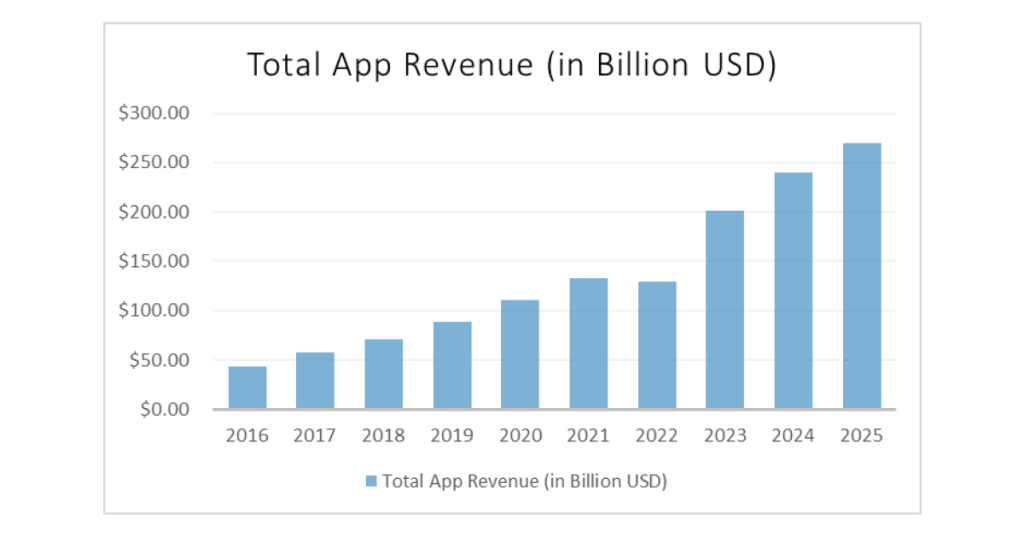
Enough talking about the numbers. Let’s talk about human tendencies. Everyone is on their phones throughout the day, and browsing through apps is what everyone does. So, if you’re considering building a mobile app, now is the best time to seize the deal!
As we’re heading to 2025, it is crucial to create a solid strategy for generating revenue via an app. This is why learning about top app development trends in 2025 is essential. It is a necessary read if your goal is to skyrocket your business growth this upcoming year.
Let’s review the list of the latest mobile app development trends without further ado.
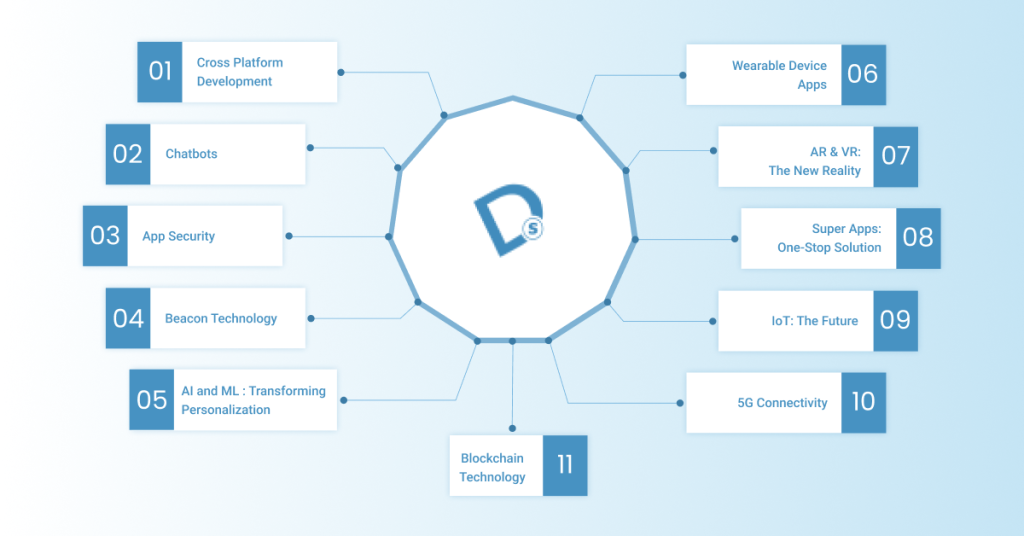
1. Cross-Platform Development
Can we bridge the gap between iOS and Android apps? Here comes the era of cross-platform development. The ability to easily capture various markets across the globe is quite tempting. More and more mobile app developers are inclining towards this one of the hottest mobile app development trends.
Benefits of Cross-Platform Development
The adoption of cross-platform development methods is gaining significant momentum among mobile app developers. It is because of the following reasons:
- The cross-platform development is cost-effective. You can invest in a single platform to code the app.
- You can target a wider audience with this mobile app development trend.
- You do not have to change the source codes repeatedly for different devices.
2. Chatbots
We are pretty familiar with text chatbots; however, as 2025 approaches, you will vividly witness the worldwide adoption of verbal chatbots or voicebots. Users can converse with these voicebots directly and send voice commands. This is a revolutionary change in the app development space as apps will become more user-friendly.
The chatbot market has reached a market size of USD 5.64 billion and is gauged to reach USD 16.74 billion by 2028, growing at a CAGR of 24.32%.
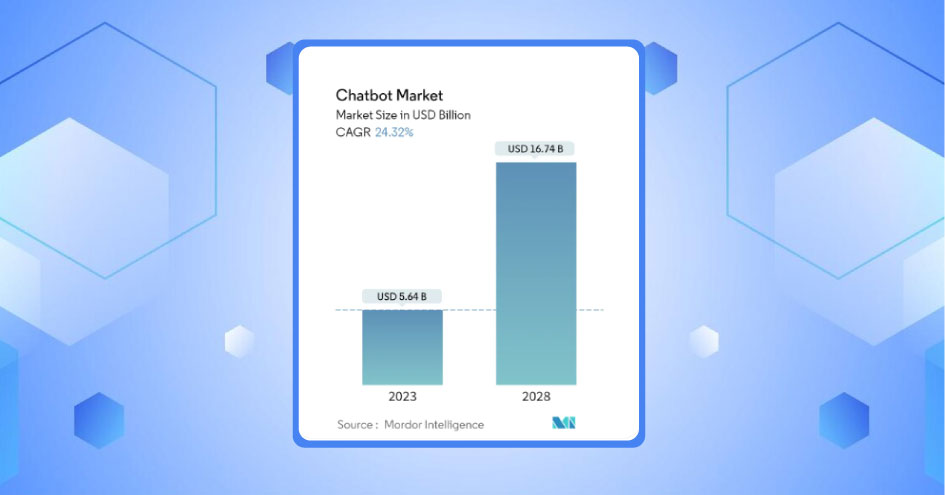
Why Chatbots are Gaining Traction: A Brief Case Studydeftsoft
Chatbots were able to increase a website’s conversion rate by 230% in just six months! You must be thinking, what’s so different about chatbots? Let’s dive deeper into this one case study.
Perfecto Mobile was facing a massive problem of ‘unfit’ leads. 70% of the total charges were not potential customers of the company. This was when a chatbot company called ‘Drift’ transformed its lead traction.
The chatbot carried out conversations with the website visitors, which were then shared with a company sales representative. The chatbot was invisible to users who were unfit leads. This is how the company saved time and money.
If you want to learn more about this case study, you can check out this video by Drift!
3. App Security
Over 500 million WhatsApp users’ data was leaked in 2022. This all happened after the Facebook group acquired WhatsApp, even after the claims of end-to-end encryption.
This is why mobile app security is the primary goal of all app creators, especially in 2025. Adding a layer of extended app security can enhance customer experience and allow mobile app developers to collect positive feedback. This, in turn, increases a company’s revenue. Aiming app security is one of the most noticeable and latest mobile app development trends in 2025!
4. Beacon Technology
The beacon technology works towards hyper-personalization of ads to target audiences by businesses. It uses a ‘beacon’, a tiny Bluetooth transmitter that is essentially wireless. This allows apps to interact with the users based on their location. For instance, you could be walking down the aisle of a ‘Target’ store thinking about buying a shower gel, and you instantly get hit by a 10% discount on a shower gel. (Walmart does that!)
So, the next time you visit a Walmart store, notice the ‘beacon technology’ effect. Beacon technology also has its use cases outside the retail segment. One such example is the ‘Behere’ app.
This app uses Beacon technology that helps a class teacher mark a student’s attendance as they enter the class. It has many other features as well. Revolutionary, isn’t it?
5. AI and ML: Transforming Personalization
Incorporating Artificial Intelligence and Machine Learning has unlocked the doors to hyper-personalization. With an in-depth user behavior analysis, AI and ML have changed how mobile apps work.
The various uses of AI and ML in mobile apps are as follows:
- Creation of hyper-personalized app experience based on user preferences and demographics.
- Using ML to improve the mobile app experience by building more responsive, intuitive, and efficient apps.
- Predict user buying behavior by analyzing the historical data.
For instance, the integration of OpenAI within apps is significantly helping mobile app developers in tracking user behavior. This leads to increased customer personalization and better user engagement, thus leading to increased revenue.
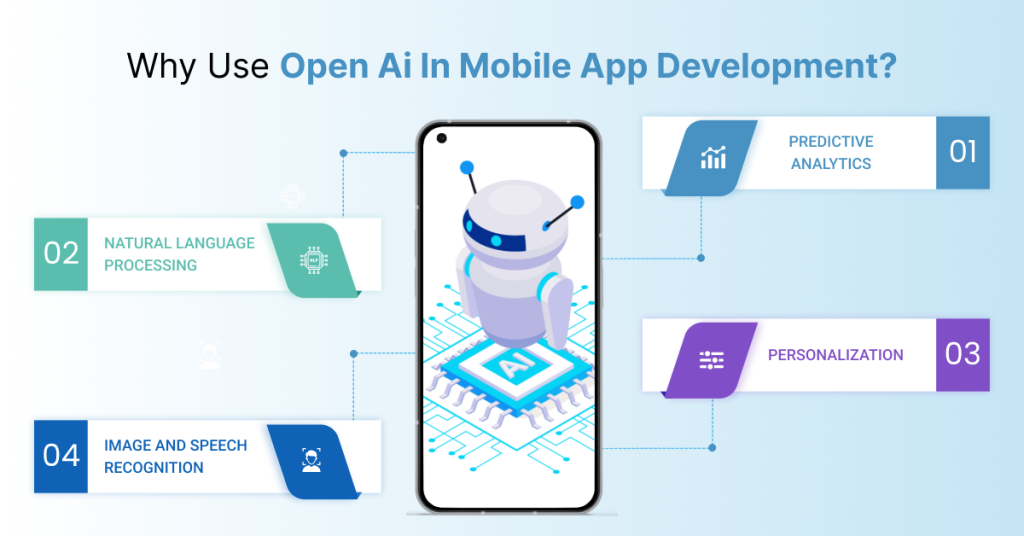
AI and ML are here to stay for the upcoming decades. It hits the list of mobile app development trends.
6. Wearable Device Apps
Times have changed, and everyone wants to access apps just a tap away. This is one of the primary reasons why the wearable device app development industry is booming right now!
Apple realized the need for wearable device apps. It has now released watchOS 10.1, allowing you to access apps such as Camera, Photos, Apple Music, and Health on your Apple Watch. This allows for easy navigation.
7. Augmented Reality (AR) and Virtual Reality (VR): The New Reality
Now that we’re talking about the latest trends in mobile app development, how can we forget about AR and VR? AR allows us to superimpose images, videos, etc., in the real world, whereas virtual reality creates a reality of its own.
One most famous examples of Augmented Reality is using the Zoom app with virtual backgrounds and filters. AR is powering everything in the current times.
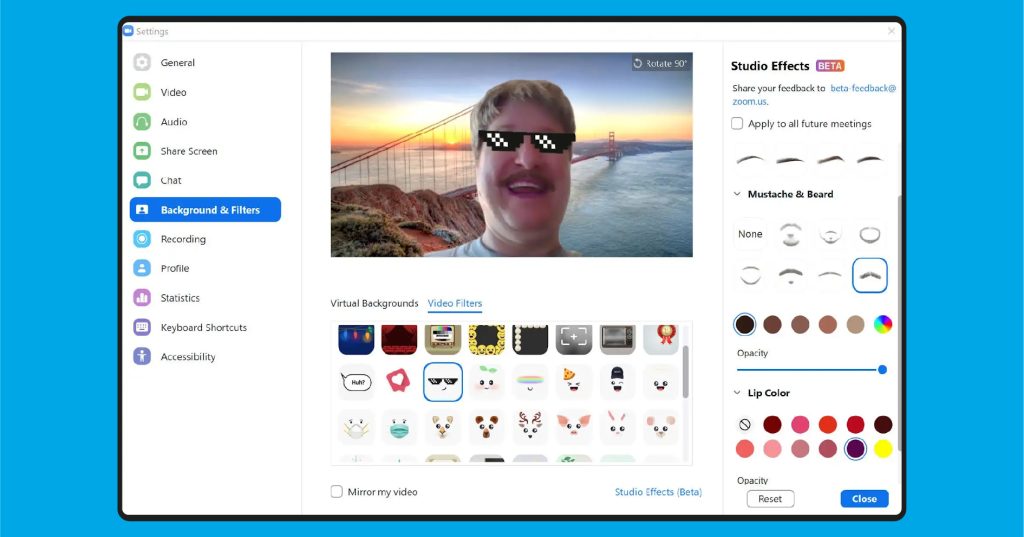
The power of VR is seen with the various VR headsets launched in the market that focus on creating an immersive experience for the user in gaming, shopping, video calling, etc. Metaverse is a prominent example of VR and AR that makes a virtual world of its own.
8. Super Apps: One-Stop Solution
Why do you use the Amazon app on your phone? To shop, right? You can also use it to pay bills using Amazon Pay. This multi-functionality offered by an app makes it a Super App. Consider it as a mobile app that serves more than one purpose.
The world is moving to more straightforward solutions where they want everything to get done in one place. The super apps cater to such customer needs. It is henceforth, one of the most notable mobile app development trends.
9. IoT: The Future
The sky is the limit when it comes to mobile app development trends. The Internet of Things (IoT) is an impeccable technology that stands as a thriving technology of the future. In simple words, IoT is the dream of every other individual who wishes to live in a smart home.
“Hey, Alexa, can you turn off the lights?”
The Amazon Alexa devices are a perfect example of integrated IoT technology. These IoT-enabled devices can be connected to home appliances such as LED lights, refrigerators, smart TVs, toasters, etc., through Wi-Fi and can work on voice commands.
The adoption of IoT technology is also expected to expand across retail, healthcare, transportation, and manufacturing. Therefore, IoT technology is entirely worth adding to the list of the latest mobile app development trends.
10. 5G Connectivity
The world is moving forward at the speed of light, and it is imperative to adopt the new-age technology of 5G. 5G is significant when accessing and working on IoT, AR, VR, AI and ML-related apps. The 5G connectivity is what fuels the world of mobile app development. Therefore, it holds a crucial value in the latest trends in mobile app development.
11. Blockchain Technology
The world is going bonkers for the blockchain technology. Thanks to its highlighting features that have compelled mobile app developers to utilize the power of this new-age technology.
Benefits of Blockchain Technology
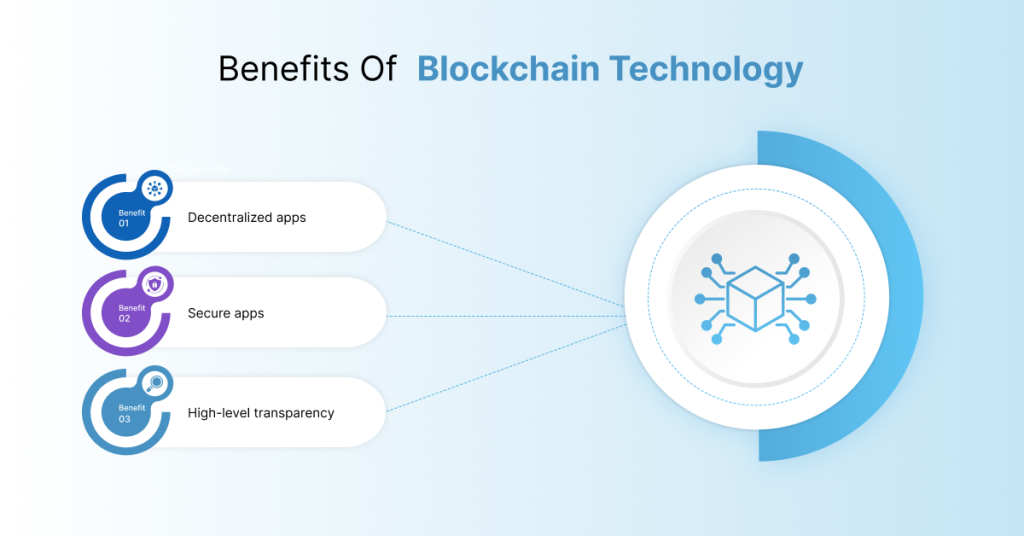
The following are the valuable advantages of blockchain technology:
- Decentralized apps:
Blockchain technology can be used to create decentralized apps that eliminate the need for third-party intrusions. This practice aids in creating secure apps free of any risks.
- Secure apps:
Apps are built to be more secure and free from data breaches by using blockchain technology. This is because the data is secured in a series of blocks that cannot be decrypted and are tamper-free.
- High-level transparency:
Anyone can overview and audit the data present in the form of blocks in blockchain. However, the data is immutable, therefore offering a high level of transparency.
The above benefits are why blockchain technology is included on the list of app development trends.
Looking for Scalable Mobile App Development Services?
The mobile app development industry is set to blow up in 2025. Novel technologies like IoT, blockchain, 5G, Beacon, AR/VR, etc., have set the bar for the year so high. With the increased competition and the raised bar of customer expectations, investing in new-age technologies judiciously is imperative.
If you want to stay ahead of the curve, Deftsoft is here to help! There are specific criteria for choosing a mobile app development company, and we checkmark all of them. Our goal is to build mobile apps that are novel, intuitive, efficient, and responsive—Immerse in the world of top-notch mobile app development with us. We turn your vision into reality.
Conclusion:
The mobile app development industry is growing at an exponential rate. No wonder developing your mobile app is the answer if you want to capture a broad spectrum of customers. The world is changing so rapidly that it often becomes difficult to keep up with it. However, it is imperative to succeed if you abide by the list of the latest app development trends in 2025.
FAQs:
- What are the trends in app development in 2025?
2025 is the year for integrating novel technologies in the mobile app development process. These technologies include blockchain, the Internet of Things (IoT), Artificial Intelligence (AI) and Machine Learning (ML), Augmented Reality (AR) and Virtual Reality (VR), 5G, apps with enhanced security, super apps, etc.
- What is the future of app development?
The latest trends in mobile app development include app development for smartphones and wearable devices such as Apple Watch. Cross-app development will be prominent in the upcoming years. Other recent app development trends include blockchain, AI/ML, AR/VR, and IoT.
- What are the best languages for mobile app development?
One of the best languages for iOS app development is Swift. The other two programming languages that are the best for developing apps include React Native and Flutter.
- What kinds of apps are trending right now?
The social media apps are exhibiting a staggering growth in 2025. These apps include Instagram, TikTok, Facebook, Pinterest, and WhatsApp.
- What are the three types of apps that can be built?
The three types of apps that mobile developers can build include native apps, web apps, and hybrid apps. These apps’ future is cross-platform apps catering to both iOS and Android users through the same base code.


